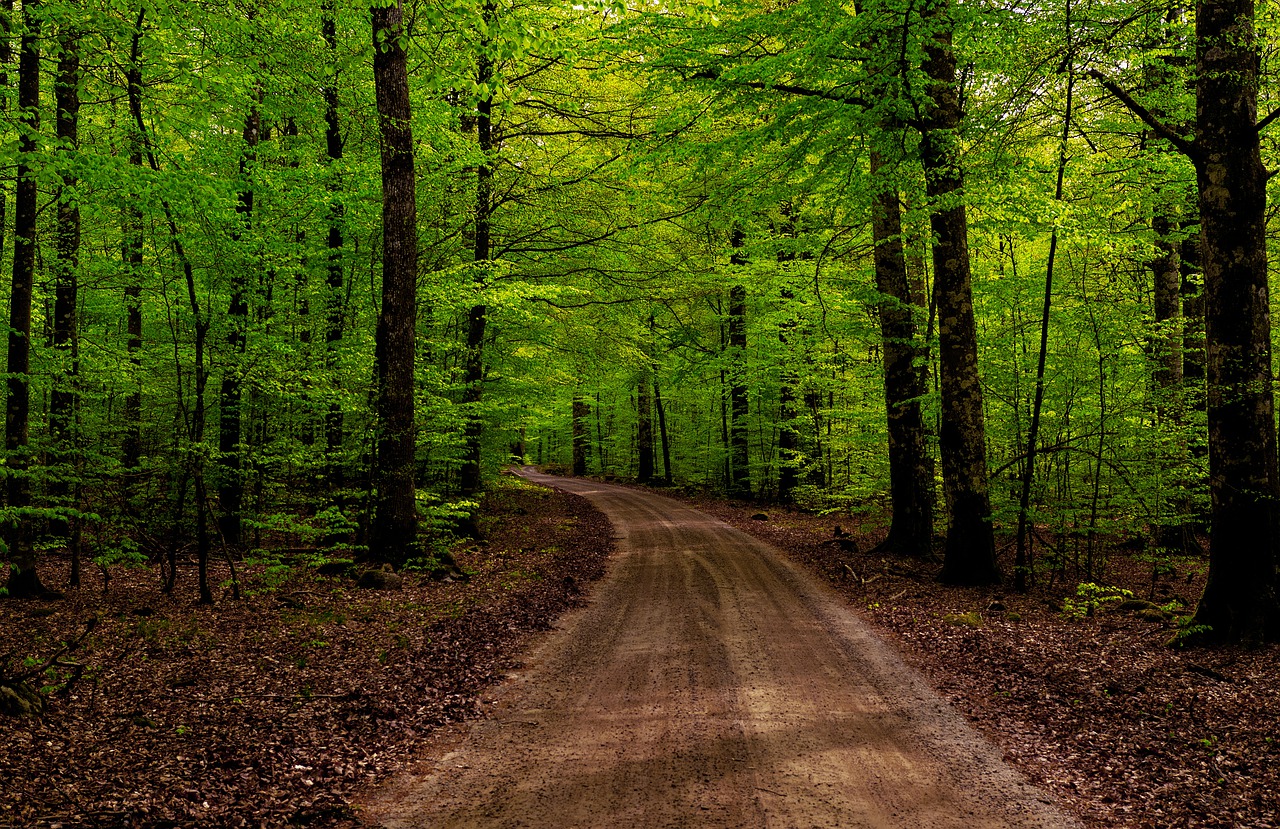En jämförelse mellan fyra biotopers betydelse för fågelfaunan i mellersta Blekinge
DOI:
https://doi.org/10.34080/os.v9.22900Nyckelord:
populationsstudier, inventering, habitatvalAbstract
The birds were counted in four different habitats (coniferous forest, deciduous forest and two types of mixed farmland with much pasture and meadows, one near the coast and the other one upland) during winter (November 1997–March 1998) and spring (late April through June 1998) in the province of Blekinge, southern Sweden. One point count route with 12 points was established in each habitat. Five complete counts were made in each season with a five minutes count at each point. All birds seen or heard were counted, but in this study I included only birds that actually used (keeping a territory, feeding, resting) in the specific habitat of each route. The coniferous habitat was poorer than the deciduous one, especially in winter. Six of the 12 points in the coniferous habitat had no deciduous trees and it was mainly these monocultures that were poor. The other points with some deciduous trees compared well with the deciduous habitat. The two pasture habitats were much richer than the forest habitats in winter. In spring there was only a small difference between the forest habitats and the upland pasture habitat, whereas the coastal pasture habitat was much richer, mainly because of a few coastal species. Vicinity to lakes, watercourses and marshes was a key factor contributing to high species diversity in both farmland habitats.
Nedladdningar

Downloads
Publicerad
Referera så här
Nummer
Sektion
Licens
Författaren/författarna innehar copyright för varje enskilt bidrag, men samtliga bidrag är publicerade under en Creative Commons-licens, så att vem som helst kan dela och återanvända bidraget förutsatt att copyright-innehavaren erkänns.







